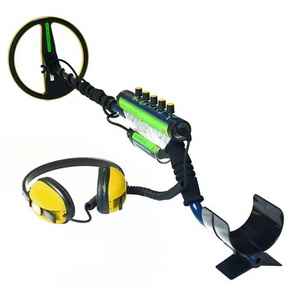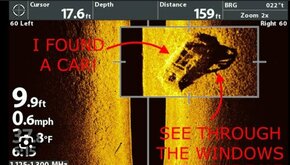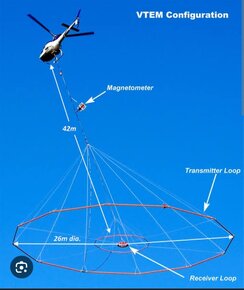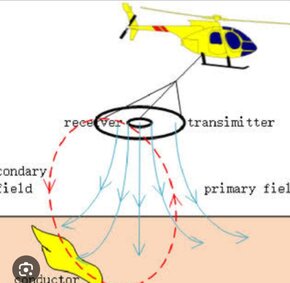According to interviews and comments, the situation is incredibly difficult and no one has seen something like this before. The M88 Hercules is one of the heaviest tank in the US army and it fell into a pond or a very deep swamp if you will. Complicating the recovery efforts is a mix of mud and algae all around the vehicle. The most incredible thing is that even five days later, the rescue team still didn't locate the metal behemoth with precision. In other words, it's still completely invisible.
Article
Article




